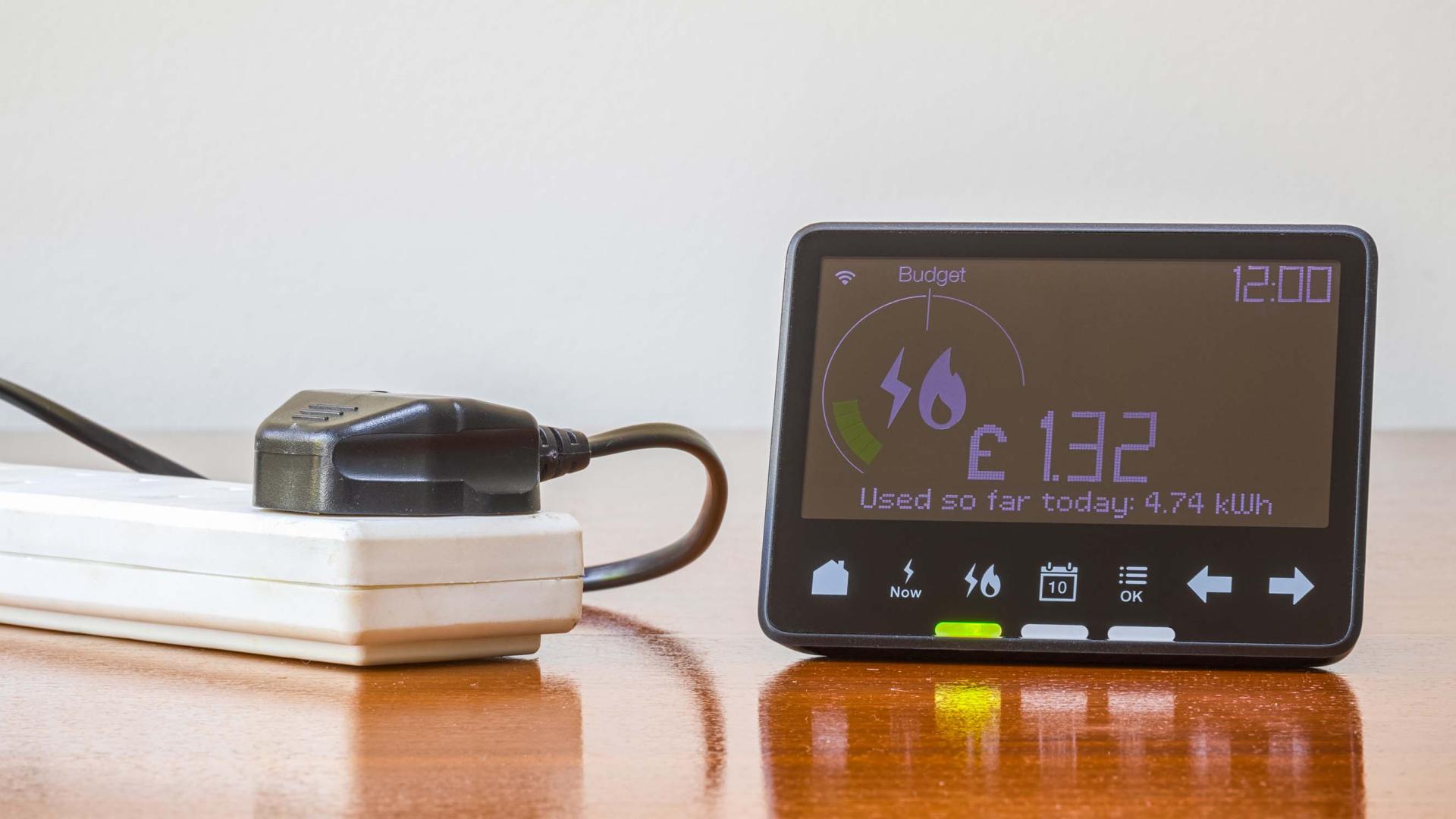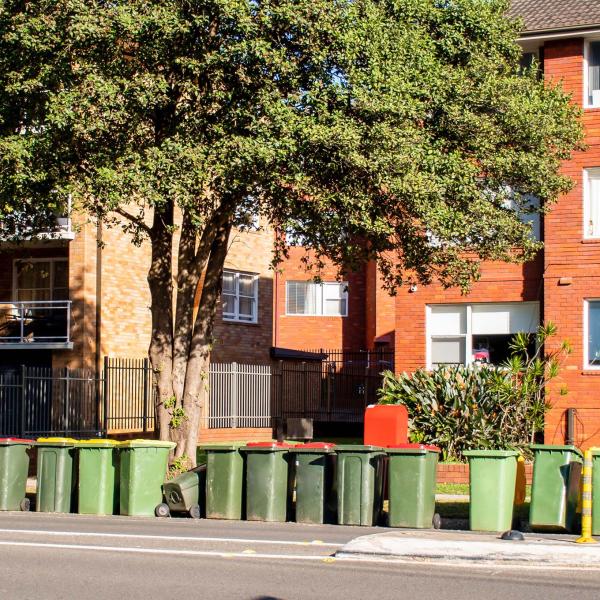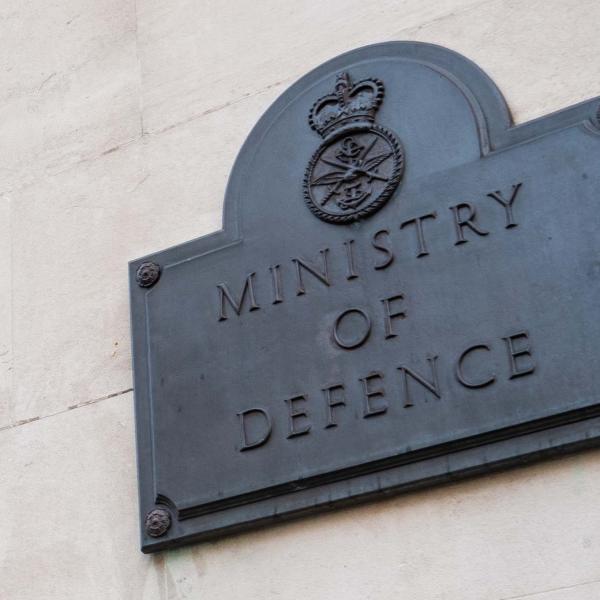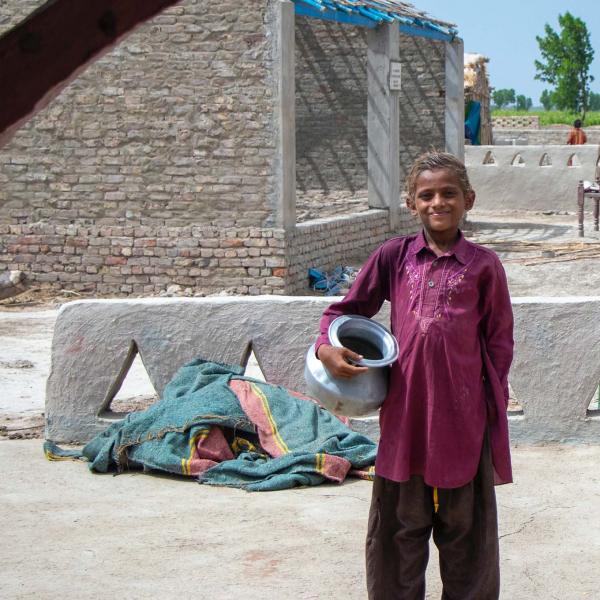No commodity is more vital to the modern economy than energy. From the petrol in our cars, to the gas that heats our boilers and the electricity that lights our homes, living without a readily available supply of energy is something that few of us can imagine.
In recent months however, the availability of this economic lifeblood has been thrown into question. Since its invasion of Ukraine in February 2022 Russia – which boasts by far the world’s largest reserves of natural gas – has begun turning off the taps to the pipelines that, in 2021, supplied Europe with around 40% of its gas.
Winter is coming
With less gas to go around, the most fundamental law of economics has taken hold: all else being equal a fall in supply will mean an increase in the price. With European households and businesses needing gas to fuel heating systems and generate electricity, buyers are being forced to bid against one another to buy up the dwindling supplies of gas on the market; a process that has pushed prices up to unprecedented levels.
This is bad news for households. 85% of UK homes rely on gas boilers for their central heating, while more than half the nation’s electricity is generated in gas-fired power stations. The result of spiralling gas prices has therefore been a sharp increase in electricity and heating bills. Last winter the typical household faced a total annual energy bill of around £1,280, forecasts suggest this could increase to as much as £5,000 a year by January 2023.
That, to put it mildly, is big deal. The average household in the UK has an income of £31,400 (after tax has been paid). Were bills to rise to £5,000 a year, this would mean such a household would be spending £1 of every £6 of income on energy alone. For the 30% of households with incomes of less than £23,400, the picture would be even bleaker with energy bills consuming almost a quarter of their income.
You can cap the price of lights, but you won’t get there for free
Faced with this emergency, the government has been forced to act. For the next two years the price that households pay for each unit of gas and electricity fill be fixed, limiting the energy bill of the typical household to £2,500 a year. While this is still double the price that households were paying before the crisis, it is less than half what bills are forecast to rise to without government action.
Capping the price of energy sounds like a simple solution, but it isn’t a free lunch. The way that the energy market works in the UK is that energy suppliers (companies like British Gas) buy electricity and gas from electricity generators (who own power stations) and gas extractors (who extract natural gas from the ground) and then sell that energy to businesses and households.
The government can control price that suppliers charge households, but not the price suppliers pay to generators and extractors (particularly given that about half the gas used in the UK is imported from overseas). If the government were to force energy suppliers to charge households and businesses a price below what suppliers pay to electricity generators and gas extractors, those suppliers would lose money and go bankrupt. The upshot would be that we’d be left with no energy at all.
The result is that when the government caps the cost of energy, what it is actually doing is paying energy suppliers the difference between the price they have to pay to buy electricity and gas from generators and extractors and the price they are allowed to charge to their customers. That is an expensive business. Under current forecasts, this winter the price cap will effectively mean the government spending 75p for every £1 that households spend on energy. The cost of this adds up. In a single year, the price cap will likely cost the government in the region of £100 billon – about the same as the UK’s entire education budget.
Paying such enormous costs will mean that the government will either have to raise taxes or, more likely, undertake additional borrowing which will have to be paid back (with interest) by taxpayers in the future. That doesn’t make the policy a bad idea – there is a case for using borrowing to smooth the cost of sudden economic shocks over a longer period of time – but it’s important to realise that capping prices isn’t free.
You’re sending mixed (price) signals
The second problem that a price cap raises is a subtler one. Prices, it turns out, are rather useful things. The high price of gas is a signal from the market that there isn’t enough of it to go around. As it becomes more expensive, gas is effectively rationed with consumers choosing to consume less of it as the price rises. That can be a bad thing – say if the high price forces somebody to endanger their health by turning off their heating because they can’t afford it – but it can also be desirable.
With the supply of gas reduced, somebody has to use less, and higher prices can play a role in ensuring those that value energy the least reduce their consumption. By capping prices, the government has blunted the incentive for households who can afford it to turn down their heating by a few degrees over the winter – effectively meaning the country will end up buying more energy that it needs to.
One alternative to the government’s price cap would simply have been to use some or all of the £100 billion that the price cap looks likely to cost in its first year to simply give money to households – with the potential for more generous payments to low income households and pensioners (whose health may be more likely to be endangered by insufficient heating). This would prevent poorer households from having to go without heating and electricity, while preserving the high energy price as an incentive for households and businesses to reduce their energy use.
This isn’t a perfect solution either however. When it comes to energy – not all households are created equal. There are a host of reasons why some households have greater energy needs than others, ranging from disabilities (which may require people to keep their homes warmer), to the quality of home insulation and local weather (a rural cottage in North Yorkshire needs a lot more energy to keep it warm through winter than a London flat).
While it would be possible to provide more cash to lower income households it would be much more difficult to accurately identify which low income households need the most help. That would almost certainly mean that some would be left in a potentially desperate financial situation.
As so often with government policy there are no easy solutions. Whichever choice the government had made would have involved serious costs, and difficult trade-offs. The simple truth is that, in the long run, the high price of gas is one we will all have to pay.











